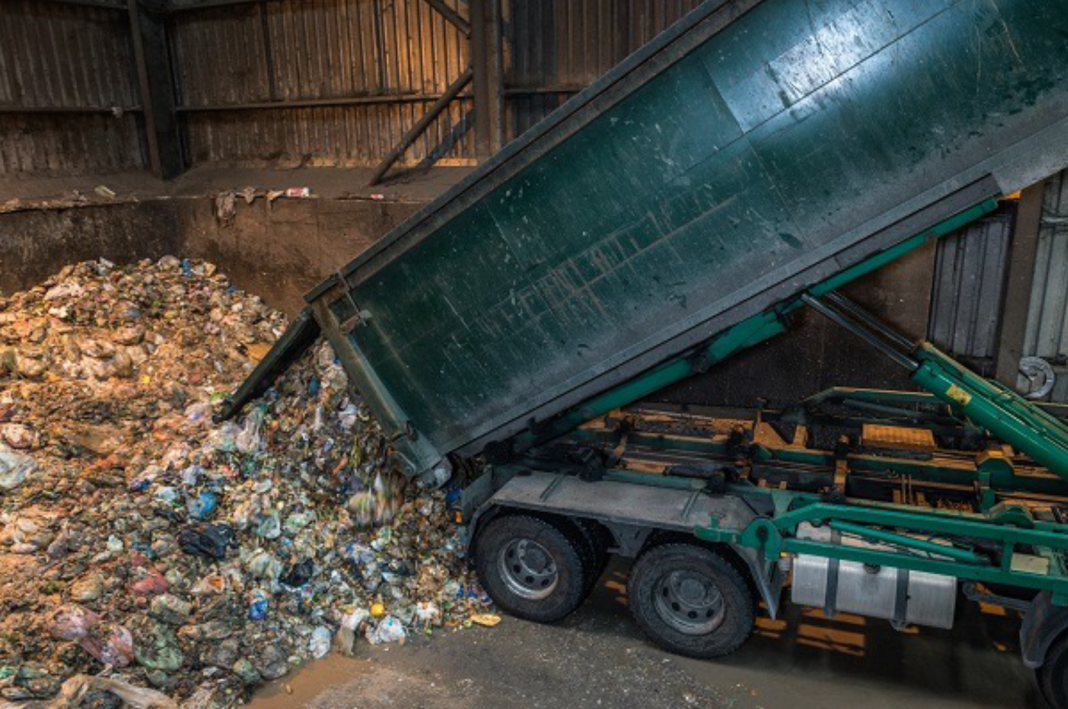An Urban Living Lab in the UK have tested newly integrated systems approaches and valuation methods to understand how to reduce the city’s food waste
Food waste costs the UK billions of pounds each year and much of it is avoidable. The challenge for the WASTE FEW ULL research project1 was to produce and test methods for identifying inefficiencies in the food-energy-water (FEW) nexus in urban settings.
It used an Urban Living Laboratory (ULL) approach, which brought together partners from academia, business, local government and the third sector – each bringing unique perspectives on the issues. One of the four urban areas chosen for the study was the city of Bristol in the UK, the others being San Paulo (Brazil), Franschhoek near Cape Town (South Africa), and Rotterdam (Netherlands). The ULLS were supported by experts in macroeconomics from Norway and knowledge exchange from the USA.
How do we make a sustainable food city?
Bristol is the 8th largest city in the UK with a population approaching half a million. It has some of the wealthiest areas outside London, but it has its challenges nonetheless, not least: traffic congestion, housing affordability and significant levels of inequality. It also has a strong track record on environmental issues, enabling it to win European Green Capital status in 2015.
The non-academic partners in the ULL were: Wessex Water, a regional water and sewage company; the Centre for Sustainable Energy, a national charity advising on energy; and the Bristol Food Network, which aims to transform Bristol into a sustainable food city. The ULL was later expanded to include Bristol Waste, the Council’s waste processing company, and Resource Futures, a non-profit environmental consultancy.
Recurrent issues in food waste reduction
Initial engagement revealed a number of stakeholder-expert concerns: the nutrient overload problem in water systems and the economic recovery of phosphate; the large amount of food waste from the city linked to food security issues; the energy and carbon footprint of the digestate produced from the anaerobic digestors; the economic challenges of reducing food waste; the plastic contamination of waste streams; sewage system blockages; and the difficulties of recycling sewage and wastewater.
Research methods were based on participatory action, and focused on workshops, macro and microeconomic analyses, and systems approaches, including dynamic modelling of resource flows. These produced a comprehensive picture of the actors and processes within the region and encompassed the extended food supply chains. The group focused initially on the challenge of phosphorous recapture from sewage, but through extensive discussions agreed to shift the project focus to residential food waste reduction and processing (and the associated plastic contamination).

Annually, Bristol throws away 48,000 tonnes of food waste
Bristol throws away 48,000 tonnes of food waste each year, nearly three-quarters of which could be eaten.2 The annual cost of buying that wasted food is around £150 million.3 Food is transported into the city mostly through national networks supplying retail outlets. Less than half of the food on plates is produced in the UK – the rest is imported. The ULL’s valuations showed that it is far more beneficial to planetary health if we reduce consumption in the first place, rather than focusing on recycling. They also showed that existing macro-economic policy landscapes inherently incentivise more waste, rather than less (increasing consumption, increasing economic growth, increasing waste).4 Developing valuation approaches such as these may provide a means of re-valuing waste and enabling other cities to substantially reduce inefficiencies in a city-regions FEW nexuses.
These valuations led the team to explore other values that are desirable in complex systems, not least the critical concept of resilience. Economic efficiency is about the allocation of resources, resilience is about adaptability and recovery, but both can often conflict with sustainability goals. To complement these three aspects, there are three human aspects: reliability, safety, and ethical aspects. Reliability is increasingly a critical issue for energy systems. Safety includes public health issues that have come to the fore in recent years with the disease, pollution and environmental degradation. The ethical aspect infers the creation of a fair society where scarce resources are allocated by need and not wealth. With six values all in tensions we have what we call a ‘hexalemma’.
References
- WASTE FEW ULL (2023) WASTE FEW ULL Urban Living Labs. Website.
- Eaton et al (2022) What Are the Environmental Benefits and Costs of Reducing Food Waste? Bristol as a Case Study in the WASTE FEW Urban Living Lab Project. Sustainability.
- Black D, Wei T, Eaton E, Hunt A, Carey J, Schmutz U, He B and Roderick I. (2023) Testing cities’ waste reduction targets: integrating scenarios with macro-valuation – an urban living lab experiment. Sustainability.
- Black, Wei et al (2023) Testing city food waste reduction targets through the integration of participatory scenario planning and macro-economic valuation – an urban living lab experiment. Sustainability. [Submitted – under review]
This project was funded by a consortium convened by JPI Europe and The Belmont Forum, with funding for this ULL from: InnovateUK, Economic and Social Research Council (UK), Arts and Humanities Research Council (UK), The Research Council of Norway, and the National Science Foundation (USA). The ULL was co-led by Daniel Black + Associates and the Schumacher Institute, with CICERO and the Universities of Coventry, Bath, Reading and Santa Cruz.

This work is licensed under Creative Commons Attribution-NonCommercial-NoDerivatives 4.0 International.


